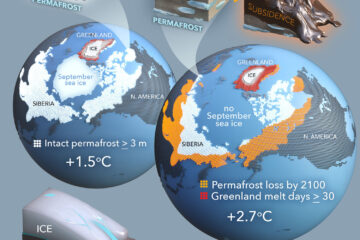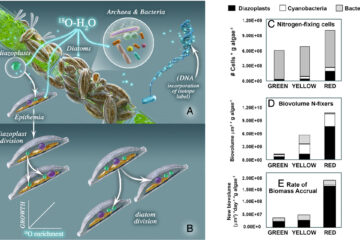Mobility of icy sand packs, with application to Martian permafrost
The physical state of water on Mars has fundamental ramifications for both climatology and astrobiology. The widespread presence of “softened” Martian landforms (such as impact craters) can be attributed to viscous creep of subsurface ground ice. We present laboratory experiments designed to determine the minimum amount of ice necessary to mobilize topography within Martian permafrost. Our results show that the jammed-to-mobile transition of icy sand packs neither occurs at fixed ice content nor is dependent on temperature or stress, but instead correlates strongly with the maximum dry packing density of the sand component. Viscosity also changes rapidly near the mobility transition. The results suggest a potentially lower minimum volatile inventory for the impact-pulverized megaregolith of Mars. Furthermore, the long-term preservation of partially relaxed craters implies that the ice content of Martian permafrost has remained close to that at the mobility transition throughout Martian history.


